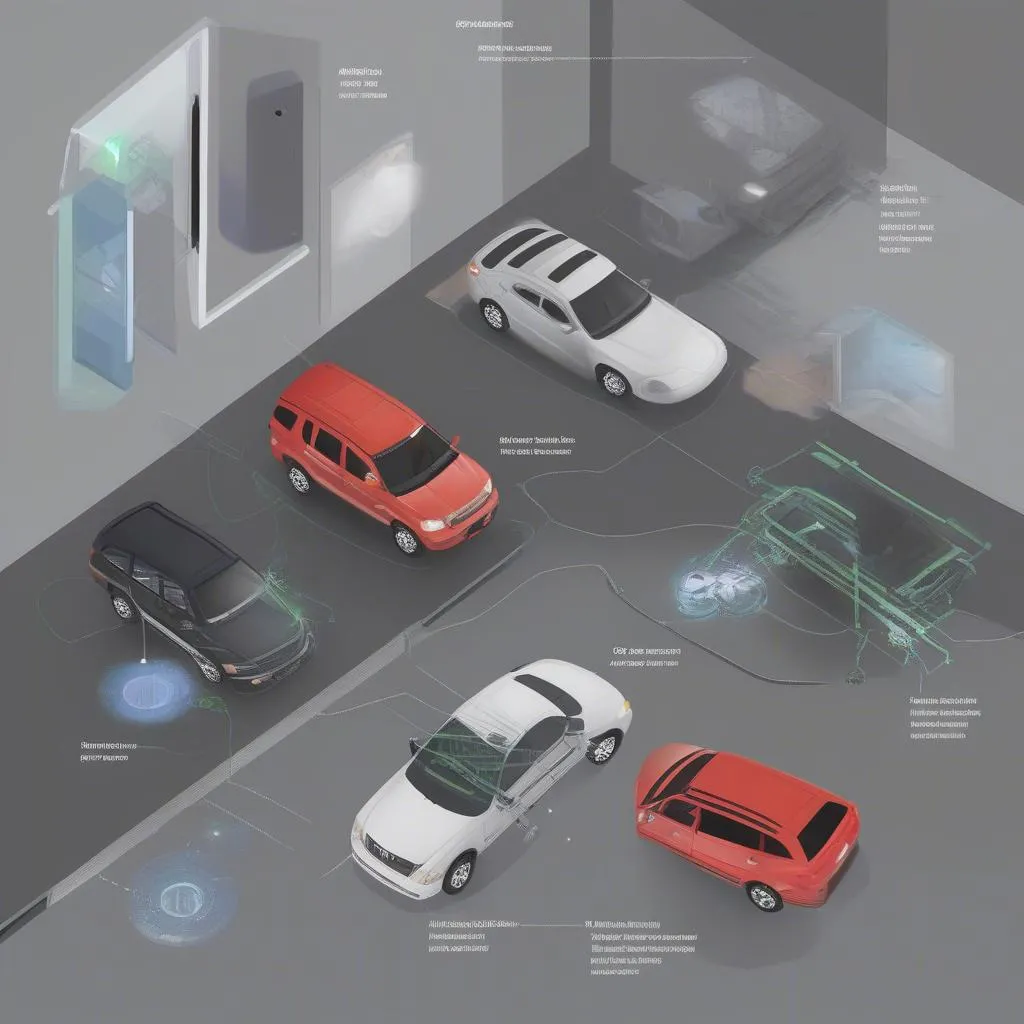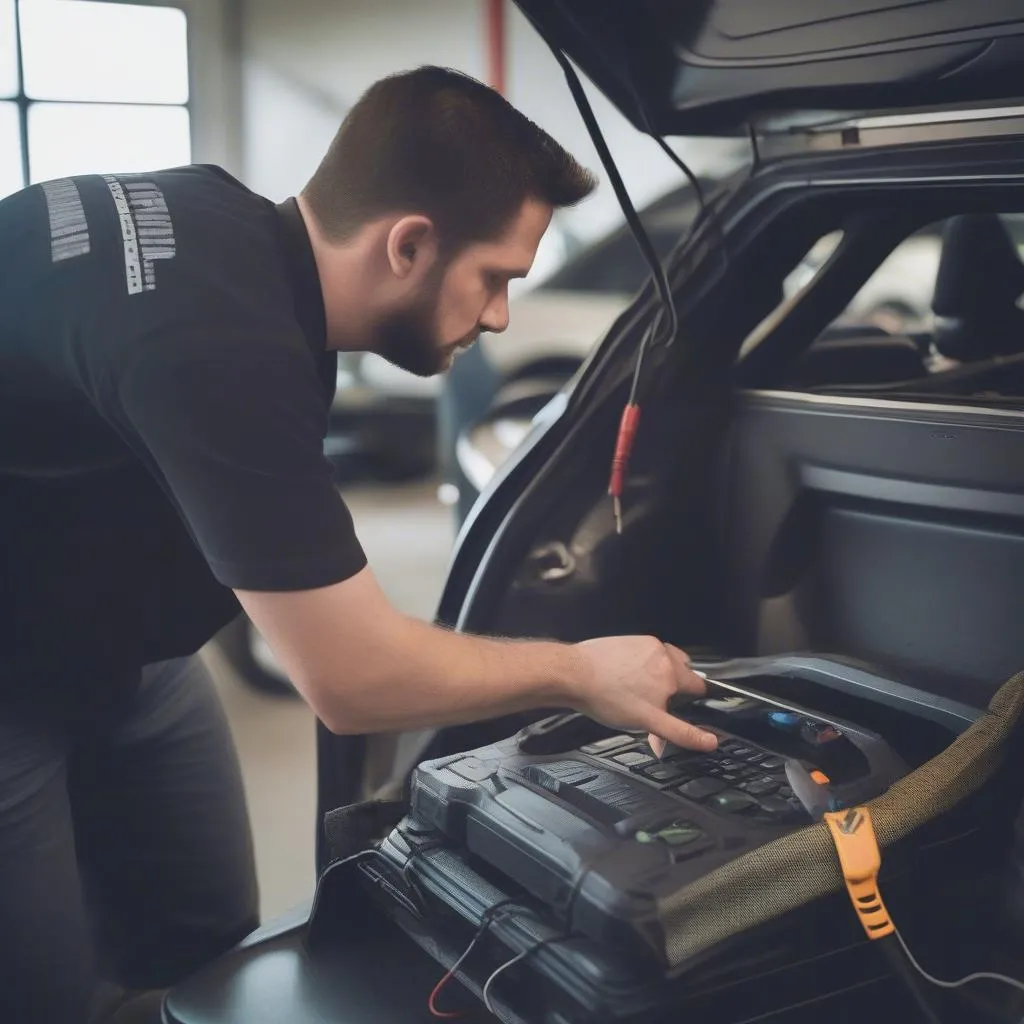If you’re experiencing issues with your car’s anti-theft system, you might have come across the terms “Category I” or “Category II” anti-theft. These classifications help define the level of security your vehicle has and can be crucial in diagnosing and resolving problems.
Understanding the Categories
Let’s break down what each category represents:
Category I Anti-theft:
This typically refers to a more basic level of anti-theft protection. It usually involves a simple immobilizer system that prevents the engine from starting without the correct key. The system often relies on a chip embedded in the key that communicates with the vehicle’s ECU (Engine Control Unit).
Category II Anti-theft:
This category indicates a more advanced and sophisticated anti-theft system. It often includes additional security features beyond the basic immobilizer found in Category I. These features can include:
- Intrusion sensors: These sensors detect attempts to force entry into the vehicle, triggering an alarm.
- Vehicle tracking systems: Some Category II systems incorporate GPS tracking, enabling authorities to locate the car if stolen.
- Keyless entry and ignition: Advanced systems may offer keyless entry and start functionalities, further enhancing security.
 Category II Anti-theft System Components
Category II Anti-theft System Components
Identifying Anti-theft Issues
Symptoms of anti-theft problems can vary but may include:
- Engine cranking but not starting
- Rapid flashing of security lights
- Inability to lock or unlock doors remotely
- Alarm system activating randomly
Equipment for Diagnosis and Repair
To effectively diagnose and address anti-theft issues, you may need specialized equipment, such as:
- Diagnostic scanner: A high-quality diagnostic scanner like those offered by Cardiagtech can read and interpret trouble codes related to the anti-theft system.
- Programming tools: Certain repairs or replacements might require programming new keys or modules, necessitating specific programming tools.
 Car Diagnostic Scanner and Programming Tool
Car Diagnostic Scanner and Programming Tool
Repairing Anti-theft System Issues
The repair process for anti-theft problems depends on the specific fault and the vehicle’s make and model. Here are some general steps:
- Diagnose the problem: Use a diagnostic scanner to retrieve trouble codes and identify the root cause of the issue.
- Address the underlying fault: This could involve replacing faulty components like sensors, key fobs, or even the ECU in some cases.
- Reprogram the system (if necessary): If components are replaced, reprogramming might be needed to ensure proper communication between the new parts and the vehicle’s systems.
“When dealing with complex anti-theft systems, it’s crucial to have a solid understanding of the vehicle’s electrical system and the specific security features involved,” says automotive electronics expert Dr. Emily Carter in her book “Modern Automotive Security Systems.”
Frequently Asked Questions
Q: How do I know if my car has Category I or Category II anti-theft?
A: Consulting your owner’s manual or contacting your vehicle manufacturer is the best way to determine your vehicle’s specific anti-theft category.
Q: Can I fix anti-theft problems myself?
A: While some minor issues might be resolvable with basic troubleshooting, more complex problems often require the expertise and specialized equipment of a qualified mechanic.
Q: What should I do if my car is immobilized due to an anti-theft issue?
A: It’s recommended to contact a professional roadside assistance service or a trusted mechanic.
Need Further Assistance?
For expert support with your vehicle’s anti-theft system, reach out to CARDIAGTECH. We offer a wide range of diagnostic solutions and programming services designed to get you back on the road safely and quickly.

